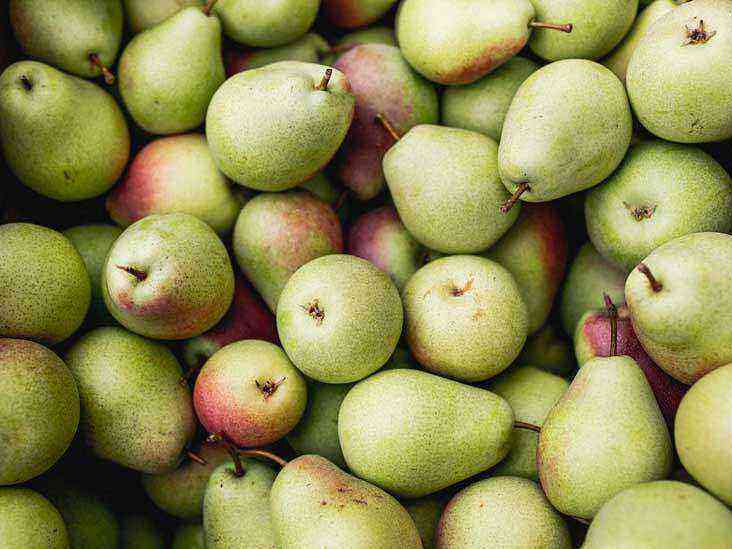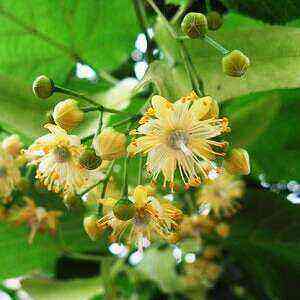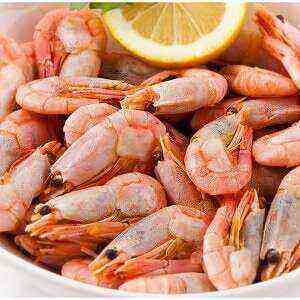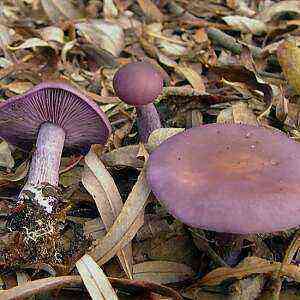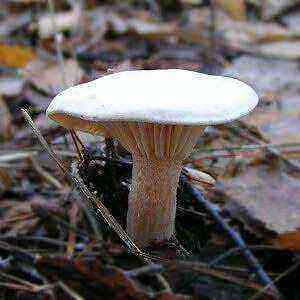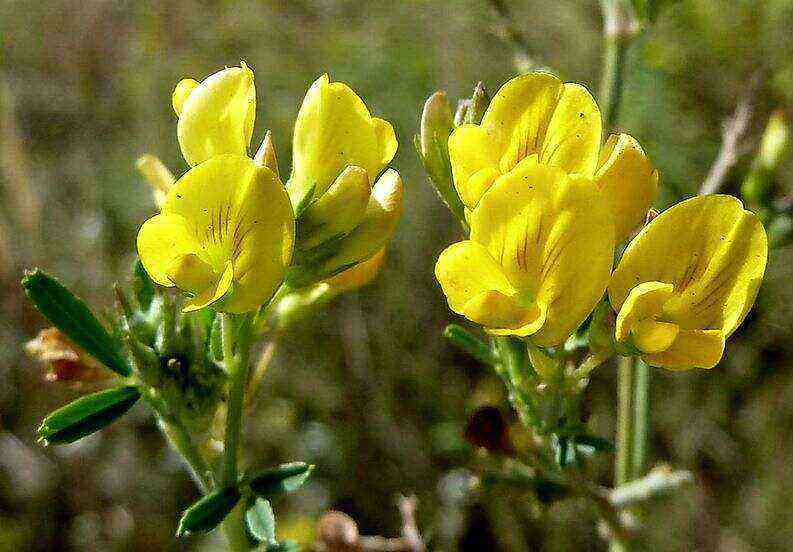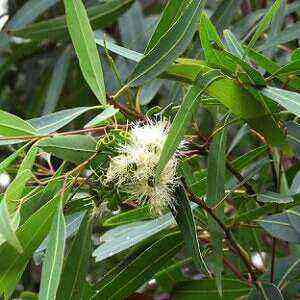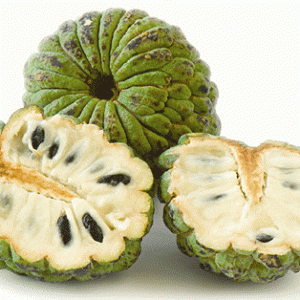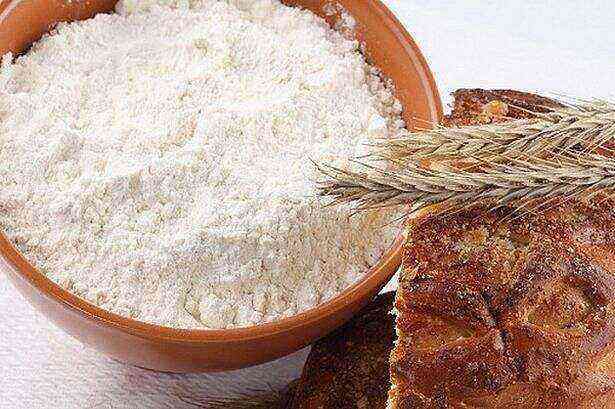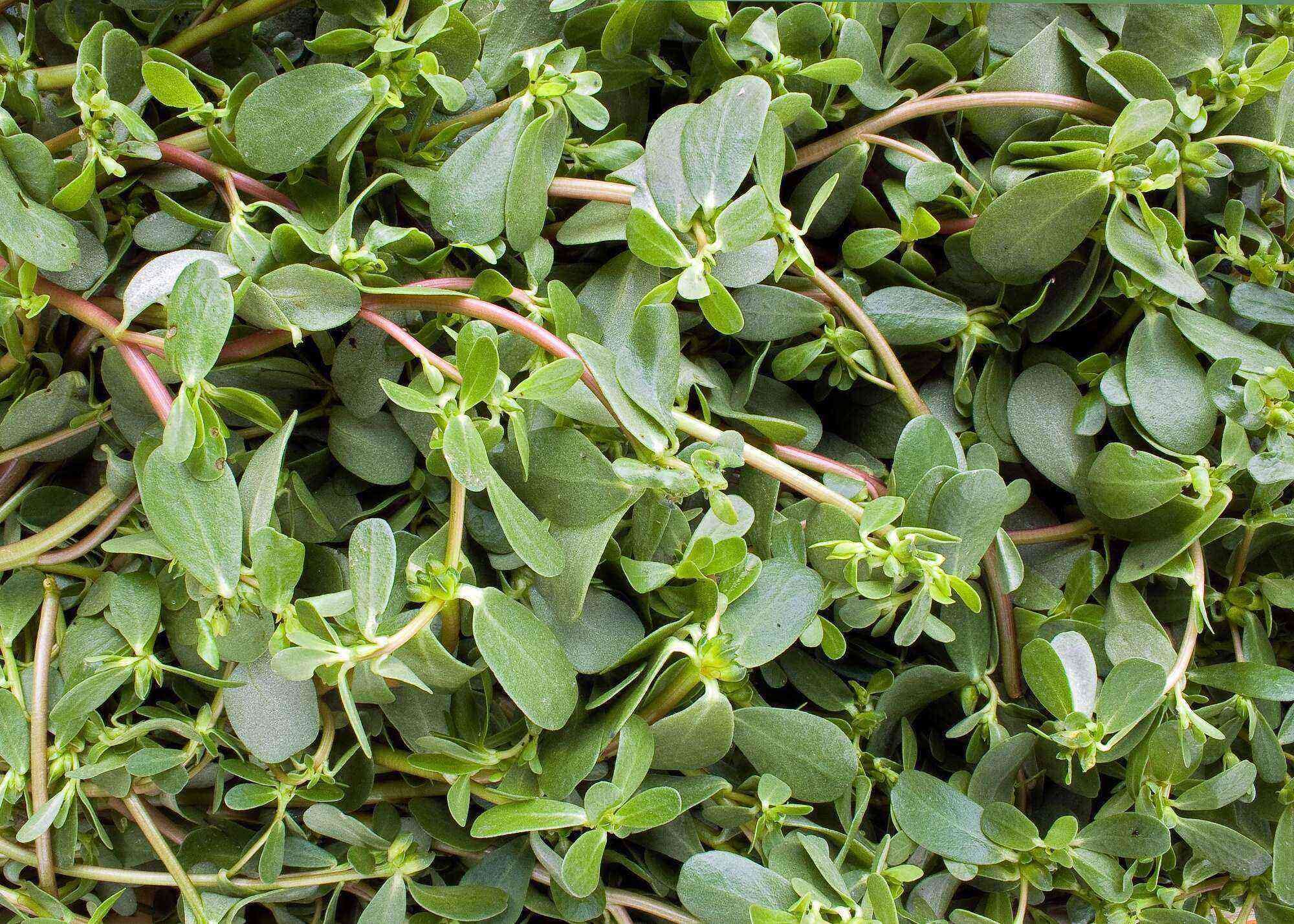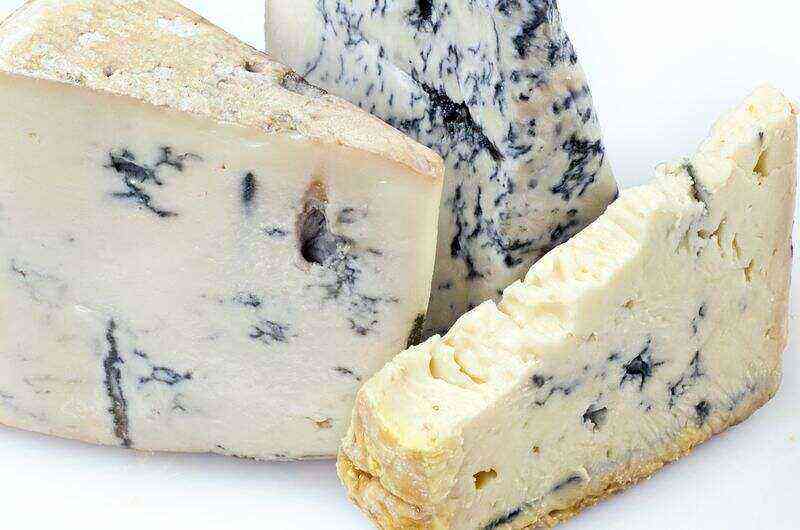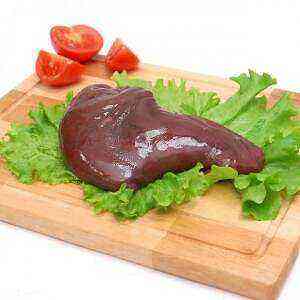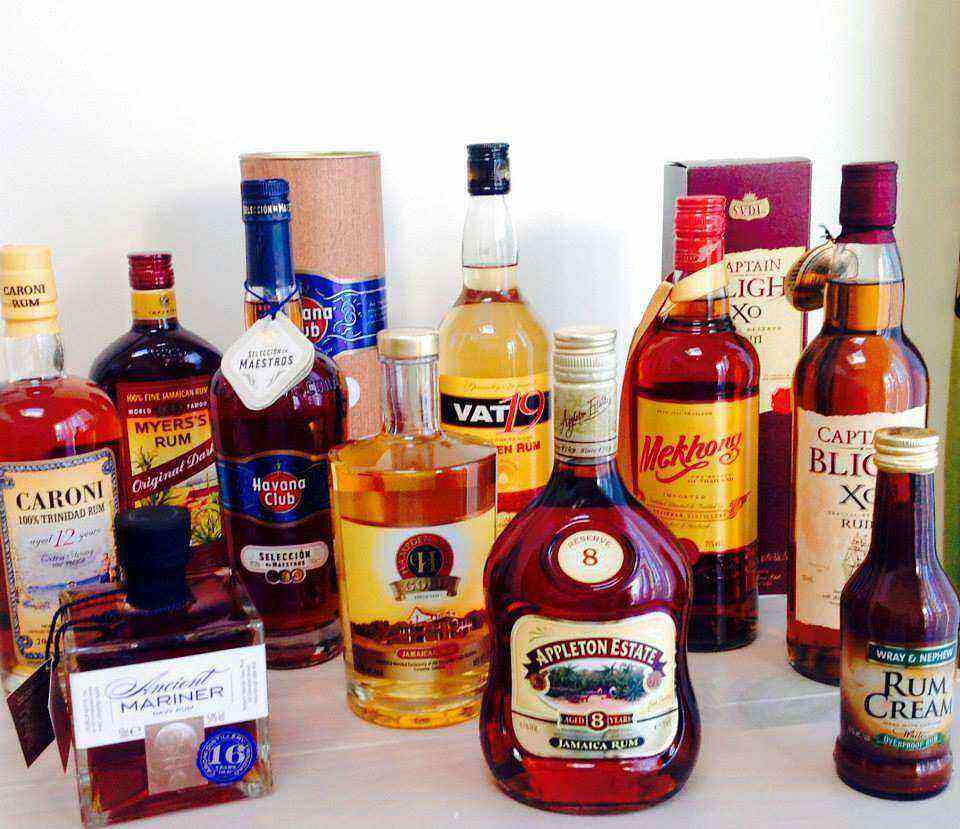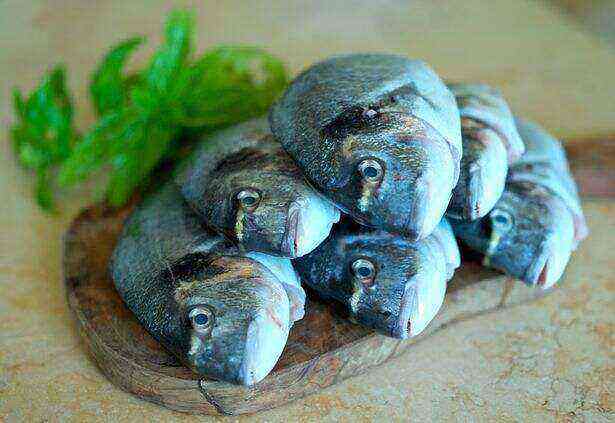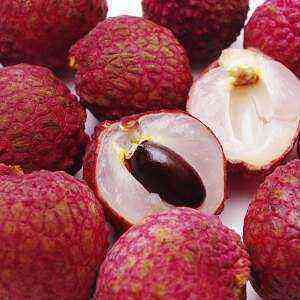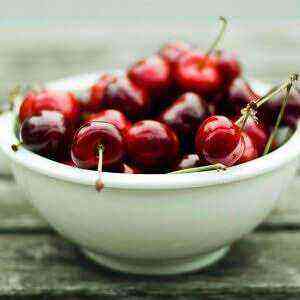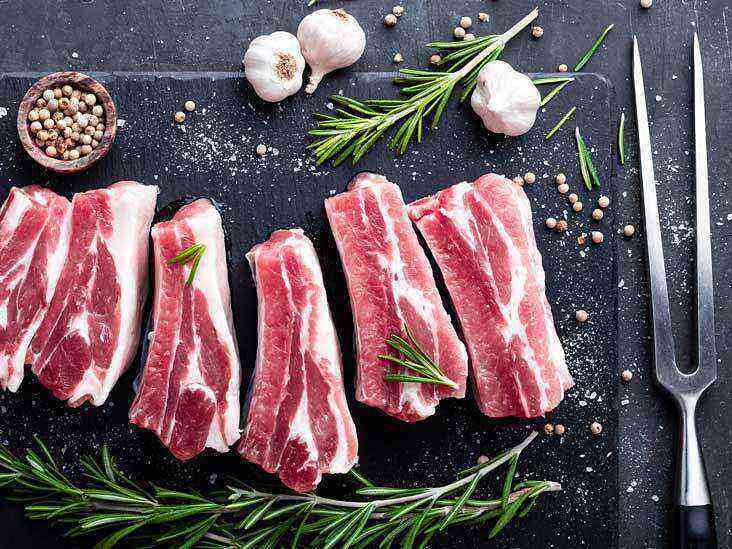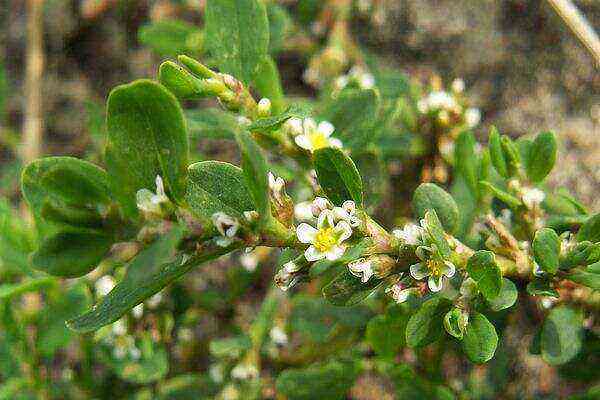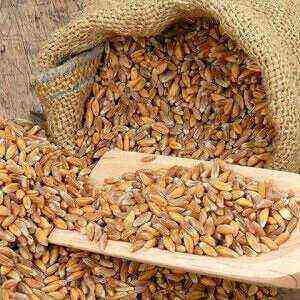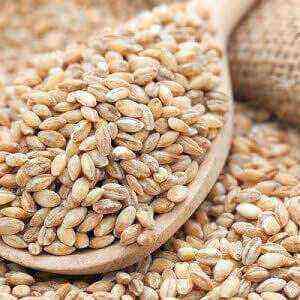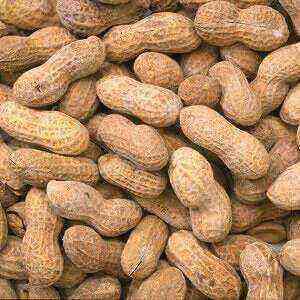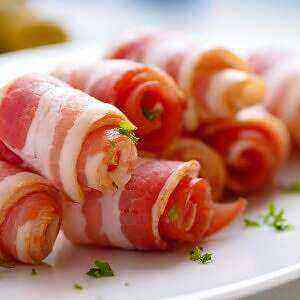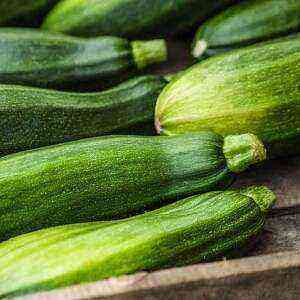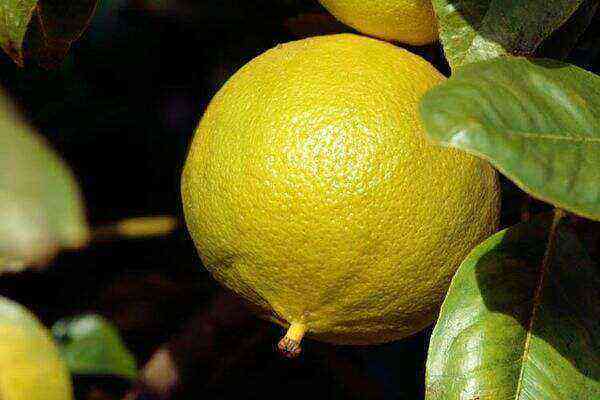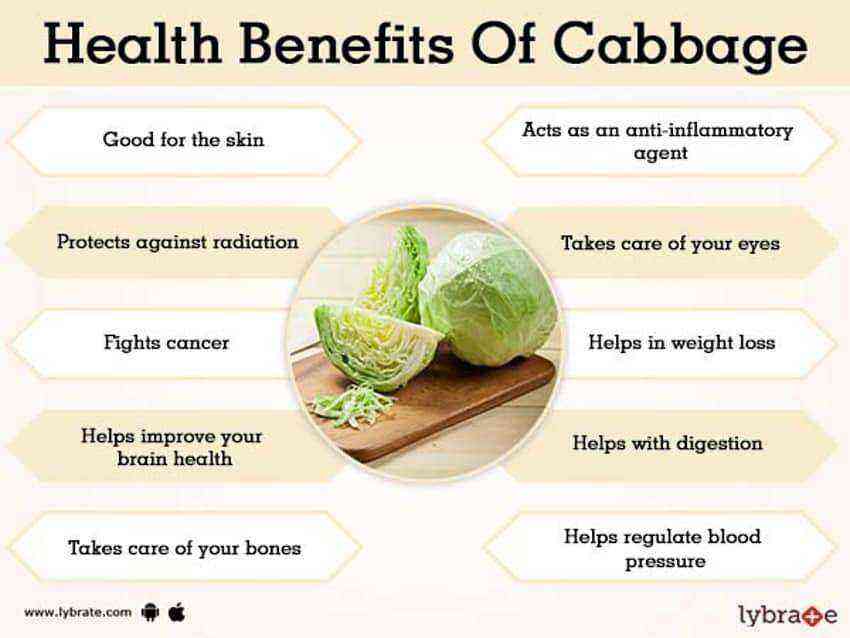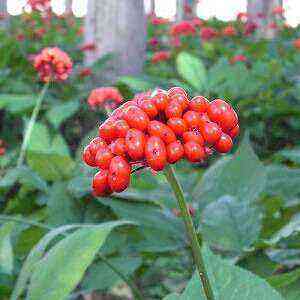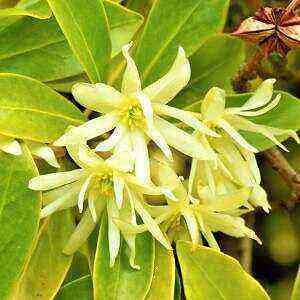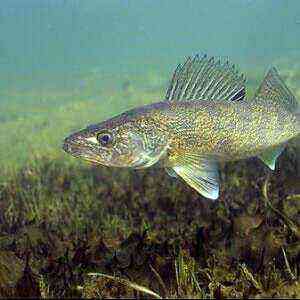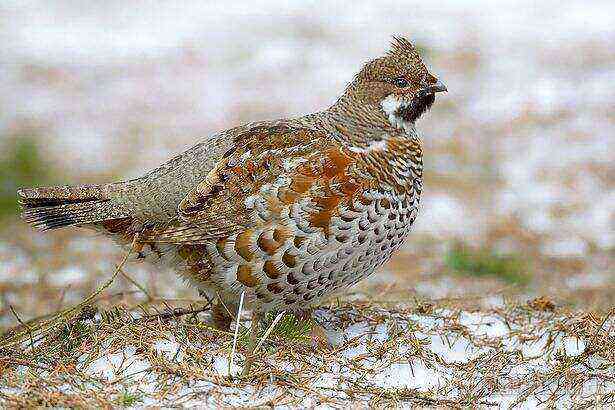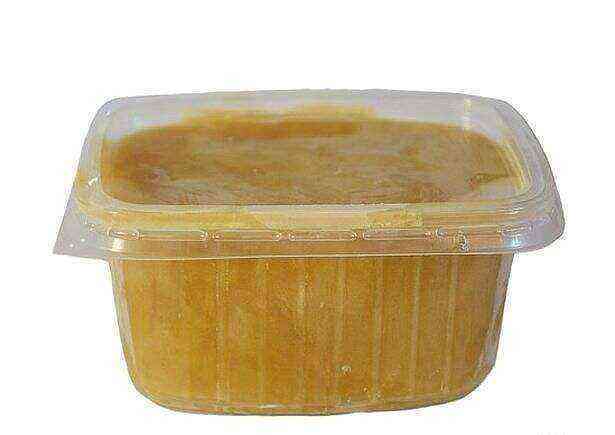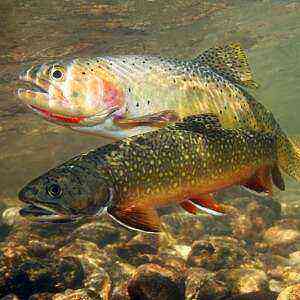
Trout is a cold-water fish that needs a high concentration of oxygen in water bodies. The juveniles feed on invertebrates, larvae and insects; as they grow, they switch to fish. In the natural habitat, the size of the trout does not exceed 50 centimeters, and the body weight is 1,8 kilograms. However, under aquaculture conditions, the growth of an individual occurs faster and the weight can exceed 6 kilograms.
Currently, the volume of trout cultivation is 550 tons per year, which is 000 times lower than the volume for salmon.
Representatives of the salmon family contain a large number of useful fatty acids, macro- and microelements, which are very valuable for the human body: they prevent the appearance and relieve depression, prevent the accumulation of harmful waste. In addition, they cleanse blood vessels, improve blood circulation, brain function, and normalize metabolism. And red trout caviar, lecithin, iron, vitamins A, B, E, D, easily digestible fats and high-value proteins regulate blood pressure, improve the condition of the skin, maintain hemoglobin within the normal range, enhance human sexual functions, and slow down the aging of the body.
In addition, the offal of sea fish contains iodine, which strengthens the immune system, nourishes the thyroid gland, and fights against vascular diseases.
Appearance
Most representatives of trout are fish, weighing 200 – 500 grams and a body length of up to 30 centimeters. Some specimens in the wild gain up to 2 kilograms.
Sea trout is larger than freshwater.
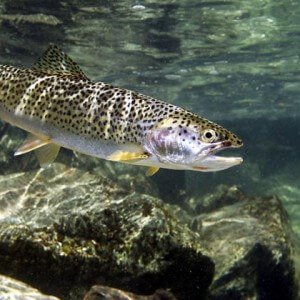
With an abundance of food in the river and lakes, spots, streaks on the sides of the trout may be absent, and after changing the reservoir appear or disappear. The meat of sea fish is red, freshwater is pink. The protein content in it reaches 18%.
The trout body is laterally compressed, covered with matte scales, the head is truncated, short, eyes are large, teeth are located on the opener.
Trout is a commercial fish that is grown in cage farms, special farms. Norway is considered the leader in salmon farming.
Due to the genetic proximity to the species, the name “trout” are predatory fish belonging to three genera:
- Pacific Salmon:
- “Biwa”;
- Apache
- Rainbow;
- Gold;
- Caucasian;
- Gila.
- Atlantic (noble) salmon:
- Amudarya;
- Adriatic;
- Flat-headed;
- Sevan;
- Marble;
- Ohrid;
- Trout.
- Char of the subfamily Salmonidae:
- Silver;
- Malma
- Lake District;
- Big-headed;
- “Palia.”
Red fish spawns exclusively in clean running waters. Female trout are larger than males. They have fewer teeth and a smaller head size.
Chemical composition
The meat of the representatives of the salmon family is tender, buttery, bright red or milk cream color with a fragrant intermuscular layer of fat. Trout lends itself to all types of heat treatment: frying, smoking, cooking, pickling, stewing, steaming, skewer. It can be dried and served as an appetizer for alcoholic beverages. Delicious meat is baked whole or stuffed with nuts and fruits. On its basis aromatic oily first courses (ear, soups) are obtained. Sashimi, tartar, Japanese sushi are prepared from raw fish.
100 grams of trout fillet contains:
The ratio B: W: Y is 80%: 20%: 0%.
Table No. 1 “The chemical composition of trout fillet”
Nutrient Name
Nutrient content in 100 grams, milligrams
Vitamins
Vitamin A (retinol) 0,019 Vitamin B1 (thiamine) 0,123 Vitamin B2 (riboflavin) 0,105 Vitamin B3 / PP (niacin) 5,384 Vitamin B5 (pantothenic acid) 0,928 Vitamin B6 (pyridoxine) 0,406 Vitamin B9 (cilia) folic acid ) 0,012 Vitamin C (ascorbic acid) 12
Macronutrients
Калий
481
Фосфор
271
Кальций
67
Натрий
39
Магний
31
Trace Elements
Цинк
1,08
Железо
0,7
Марганец
0,158
Медь
0,109
Селен
0,0126
The nutritional value of trout depends on the cooking method. 100 grams of boiled royal fish contains 89 kilocalories, smoked – 132, canned – 162, slightly salted – 186, fried – 223.
Trout Pros
Red meat is a valuable source of omega-3 compounds, vitamins, minerals and amino acids.
Doctors recommend including trout fillet in the diet of people suffering from:
- depression;
- osteoporosis;
- oncology;
- psoriasis
- allergies;
- diabetes;
- heart disease.
Boiled fish has a low calorie content, so it is entered on the menu for weight loss.
Why eat trout?
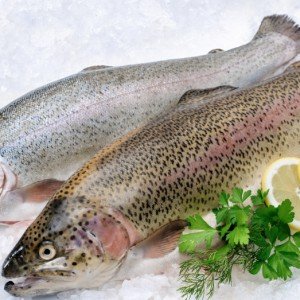
- Remove excess cholesterol.
- Regulate blood sugar, secretion of gastric juice, water metabolism.
- Improve blood circulation, support the heart in a healthy state.
- Participate in the breakdown of fats, the exchange of amino acids, the synthesis of hormones, energy metabolism.
- Reduce the risk of developing myocardial infarction (primary or secondary).
- Activate mental activity.
- Strengthen the immune system, nervous and cardiovascular systems.
- Slow down the aging of the body.
- They prevent the formation of malignant tumors (fight free radicals).
- Improve the digestibility of iron and the condition of the skin and hair.
- Enhances tooth enamel strength.
- Carcinogens are cleaved and excreted.
- They fight stress, relieve fatigue, and have a tonic effect.
- Support reproductive function.
- Reduce blood pressure.
Thus, trout meat has a healthy effect on the human body. Nutritionists recommend eating fish 3-4 times a week, 200-300 grams per day.
Cons

In addition to their natural habitat, trout are grown on fish farms, where unscrupulous entrepreneurs use chemical additives to accelerate the growth of individuals and give the meat a presentable pink hue. First of all, such fish need to be wary of allergy sufferers, since artificial colors can cause aggravation.
Contraindications: diseases of the liver, kidneys, digestive organs in acute and chronic form, individual intolerance.
Due to its low calorie content, fish is not recommended for people doing hard physical work and athletes. Otherwise, there may be a breakdown, loss of vivacity, lack of energy. To avoid depletion of the body, combine the intake of trout with vegetables, cereals, beans.
Interesting Facts
Ginger, greens and lemon accentuate the piquant taste of trout.
In the Caucasus, red fish meat is usually served with pomegranate sauce. In oriental dishes, it is used to create sashimi, rolls, sushi, stews, soups.
Salted fish is in harmony with strong alcoholic drinks, and smoked fish – with dry wine, beer.
It is interesting that in Japan, trout is not subjected to prolonged heat treatment, while in the West it is customary to boil and fry the product well.
In Europe, spicy fish meat is baked with nuts and fruits, marinated in spices, vinegar, lemon juice and cooked on a barbecue or grill.
Breeding
For the food industry, for industrial purposes, trout is artificially grown in clean ponds and fish-breeding pools.
Species most suitable for breeding fish of the salmon family: brook (river) or rainbow.
It takes 500 years to grow trout weighing 1,5 grams. Larger specimens are bred as a mother herd in order to obtain red caviar, which is subsequently processed (salted) for sale.
The sexually mature fish becomes in the fourth year of life. In one female, the number of eggs does not exceed 3000 eggs. Because of this, the product belongs to the category of delicacies and is much appreciated.
Catching

Fishing gear
The choice of devices for catching a skillful predator depends on the planned fishing location. For river fishing you will need a compact rod or spinning rod. When fishing for trout in the lake, pond give preference to a telescopic fishing rod of the middle class, 5 meters long with a safe reel. Also use fly fishing.
When fishing for trout, remove bracelets, watches, shiny objects, because they reflect glare from the sun and this scares the underwater resident.
For fish nodding it is recommended to use a two-knee fishing rod with a length of 1,80 to 2,30 meters, with a weight of lure from 4 to 15 grams. Fly fishing companies use artificial flies (dry and sinking).
For trout fishing, high-quality hooks No. 6-10 and fishing line 016-018 are used.
Fishing methods
The traditional method of trout fishing for a fishing rod is used in a quiet part of mountain rivers and streams. An ideal place to catch red fish is the opposite side of the rocky shore of the reservoir. In this case, the bait is thrown upstream, so it slowly fuses, swimming near a hidden individual, bite immediately occurs.
As with whitefish, the “Drazhkovich method” is widely used, which involves fishing on dead bait.
For better bite on spinning, it is recommended to choose a sinking braid of dark green or gray color.

Trout is well caught all year round, however, in order to lure and fish it takes a lot of endurance and dexterity. In the cold season (winter), fish caution is enhanced. Despite the fact that during this period the trout is in an inhibited state, it instantly reacts to the slightest sound and movement of the angler. When danger is detected, the individual hides in the depths of the reservoir and lies at the bottom. Fresh holes are drilled to catch trout, since it is not found near old ones.
With the thaw and the appearance of the first thawed patches on the surface of rivers, lakes, seas, its activity intensifies.
In spring, the fish remains in the “wintering pits” or moves to the rapids, where the water is more quickly saturated with oxygen. In summer, it rarely appears off the coast. The most likely places where it can be found are spring rivers with tributaries and streams. The optimum water temperature for trout is 18 degrees Celsius. On hot days, the fish go to the bite at night when the pond cools.
In the autumn, spawning begins, and she is constantly on the move, actively eating, gaining weight. At this time, various baits are working: tadpoles, spinners, lures, juveniles.
Favorite trout bait: larvae, fish roe, crustaceans, insects, golan.
How to feed fish?
Mix eggs, milk and pour into a preheated pan. Do not add oil! Stir the mixture until the liquid evaporates. A third of the omelet cool to 50 degrees.
Shrimp, squid, greasy and salted canned herring, pass through a meat grinder, add to the mixture, mix. Trout loves salt, so complementary foods can be provided.
A traditional component for winter fishing is canned corn. Drain the liquid, and grind the grains into a homogeneous mass, introduce the starting materials to the mixture. Wrap the resulting mass in a plastic bag and place in the refrigerator overnight. Finished complementary foods have a uniform taste and pronounced aroma that attracts fish. Transfer the required amount of the mixture in the morning to a thermos, and place the rest in a freezer, where it can be stored for a month from the moment of preparation.
Pickling
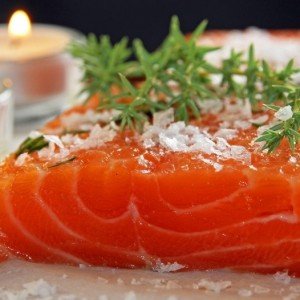
Regardless of the cooking technology, pre-wash, dry and cut fresh fish into thin plates. Place the fillet in a ceramic or enamel bowl.
For dry salting, mix granulated sugar and table salt in a 1: 2 ratio, add seasonings, pepper and thoroughly pour each layer with the resulting mixture. Place the fish tank in the refrigerator. A day later, you can use it. If desired, add lemon juice or vegetable oil to the marinade.
To get rid of the taste of raw fish, increase the salting time. To do this, sprinkle the trout carcass with salt and sugar, observing the specified proportions, and wrap it in a damp towel, then in a plastic film and wrapping paper. Place in the freezer for 5 days.
“Royal” recipes
Baked trout with vegetables
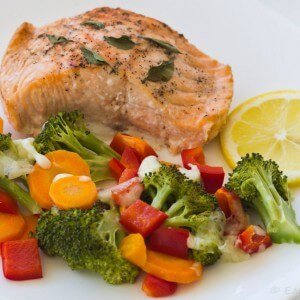
- onion – 1 head;
- carrots – 1 piece;
- broccoli;
- trout fillet – 600 grams;
- white wine – 200 milliliters;
- lemon – 0,5 stuff;
- fresh tomatoes – 3 pieces;
- salt;
- set of spices (rosemary, savory, oregano, mustard seeds, allspice, cardamom, paprika, fennel).
Principle of preparation:
- Cut the fish meat into portions.
- Mix salt with spices. Generously provide trout with a fragrant mixture, overlay with lemon rings.
So that the fish is saturated with spices and has a pleasant aroma, leave it in the marinade for 30 minutes.
- Prepare the vegetables. Peel them, cut carrots into strips, onions – rings, tomatoes – slices.
- Preheat the oven.
- Cover the baking sheet with foil (squares 15 x 15 centimeters). Lay out a vegetable pillow, on top of which place the pieces of trout, a slice of lemon.
- Pinch the edges of the foil so that the juice does not leak out and the fish will be baked in its own marinade.
To enhance the taste and spice up the dish, pour 50 milliliters of wine into the resulting “pockets”.
- In a preheated oven, place a pan with fish for 30 minutes.
This dish is recommended to serve with white wine (dry or semi-sweet).
Fish pie
Ingredients:
- trout fillet – 2 kilograms;
- yeast dough – 1 kilogram;
- butter – 50 grams;
- onions – 2 heads;
- parsley – 1 bunch;
- Bay leaf;
- allspice peas;
- salt.
Sequence of preparation:
- Divide the dough into 3 parts. Connect the first two and roll an oval, 1 cm thick. From the third part, make a small circle.
- Wash and cut the trout into pieces. Salt and pepper it.
- Cut greens, mix with fish.
- Peel the onion, cut into rings.
- Put the dough in the baking dish, spread the fish with greens on top of it, then the onion rings. Raise the edges of the oval with a “side”.
- Grate the butter and put it on the filling.
- Close the pie with a small oval, pinch the ends of the dough with the sides.
- To release steam, make holes in the center of the hole with a plug.
- Preheat the oven to 180 degrees.
- Place the cake pan in the oven for 60 minutes.
Before serving, slice the hot fisherman into portions.
Conclusion

The uniqueness of fish lies in the high content of useful omega-3 acids, which the human body is not able to develop independently. These compounds have anti-inflammatory effects, maintain vascular tone, increase immunity, improve mucous membranes, slow down the formation of atherosclerotic plaques and blood clotting. In addition, omega-3 is included in the structure of cell membranes, the properties of which depend on the efficiency of the heart, retina, brain and signal transmission between nerve cells.
With caution, trout is recommended for people with stomach ulcers, allergies, liver diseases, and duodenal ulcers.
Fresh fish’s skin is shiny, its eyes are clear and convex, its gills are red, moist, its flesh is white or light pink, firm. Frozen carcass can be stored in the refrigerator for no more than 3 months. So that the fish does not spread and does not lose its pungent taste, the pieces are boiled or fried for no more than 10 minutes.
Japanese sushi, main dishes, soups, sashimi, tartar, sauces are prepared on the basis of trout.
Sources of
- Atlas of freshwater fish of Russia / Ed. Doctor of Biological Sciences Yu.S. Reshetnikova – M .: Nauka, volume 1, 2002 – 370 p.
- Borovik E.A. – Rainbow Trout. – Minsk: Science and technology, 1969 – 154 p.
